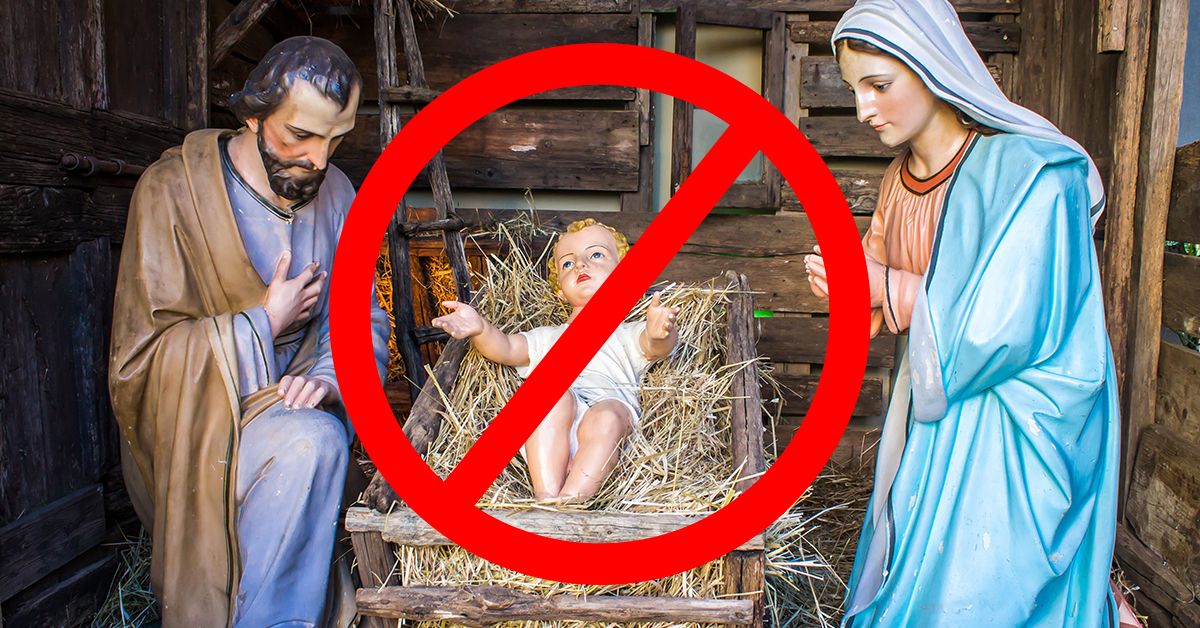On 20 December 2016, the British tabloid Daily Mail posted a story under the headline "Nativity Scene is 'Banned' in Case It Offends One of the FOUR Muslims Living in a Belgian town." The text of the article and other Belgian media reports make it clear, however, that more than "four Muslims" live in the town, and the former offers no proof that the small Muslim community in Holsbeek made an issue of the Christian display that forced its removal.
The controversy cropped up after city officials decided to remove the nativity display in an effort at neutrality. Although the majority of Belgians are Catholic, the small northern European nation practices separation between church and state, much like the United States does, and it seems Belgium undergoes the same yearly cultural battle between the religious majority and secularists that the U.S. experiences around the winter holidays.
The controversy in Holsbeek, a city just east of the Belgian capital of Brussels, began when officials removed a nativity scene from city hall to comply with the separation of church and state principle. The Daily Mail story quoted Achiel Claes, a former city official, who told a Belgian news outlet that "There are maybe only four Muslims living in town, and they would never complain that there is a nativity scene in city hall."
Flandersnews, a web site that publishes in both Flemish and English, reported that the nativity scene was removed after complaints by both "people of no faith and non-Christians":
Until last year two Nativities embellished the municipal hall: one by the Christmas tree at the entrance and a second near the counters. Both have gone after people of no faith and non-Christians raised the issue.
City cabinet member Annelies Vander Bracht: "We are the authorities and people insist on impartiality. That's why the nativities have been returned to the cupboard."
Annelies Vander Bracht, a Holsbeek city councilmember, told reporters that the nativity scene could be disturbing to those who have been abused or oppressed by the Church, such as gay people and victims of clergy sexual abuse:
"The Christmas tree stays. To be honest we hadn't spent too much thought on the Nativity. It was all about atmosphere and cultural heritage, but of course it is a religious symbol. It could be offensive to people who view it as a religious symbol or for gays."
Thus we've found no evidence documenting that Holsbeek city officials removed a nativity scene from the town's municipal building solely to appease four complaining Muslims. According to other news reports, the display was removed both to avoid favoring Christianity and offending those who do not practice that faith. The claim that four Muslim people were the cause of the display's removal appears to be one that intentionally plays on elements such as anti-Muslim sentiment, a growing sense of European nationalism, and anti-immigrant rhetoric.

